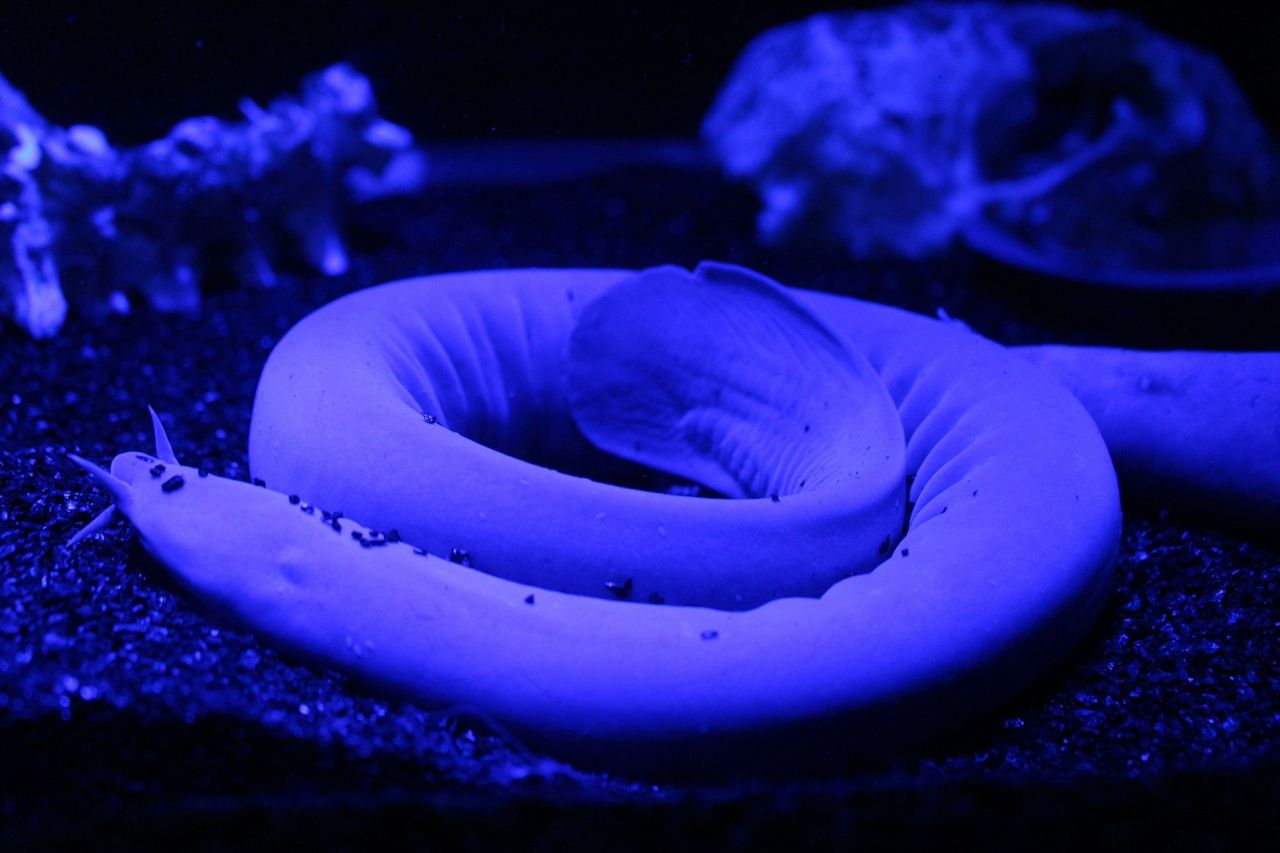Hagfish are weird. There is no nicer way of saying it; there is no way to sugar-coat it – they are just weird. For the sake of brevity, I will just cover three things that make them weird, and incredibly wonderous, at the same time.

They aren’t eels
Hagfish aren’t eels or even part of the eel family. As a matter of fact, for a long time, scientists weren’t exactly sure how to classify these slime-producing tubular oddities. Seeing that hagfish do not have vertebrae as such, the question was whether they were forerunners to vertebrates and could, therefore, be seen as primitive evolutionary throwbacks; or whether they were invertebrates with some vertebrate-like additions?

Well, for some, a hagfish fossil from the Cretaceous-age is shedding a bit of light on this question. It seems that hagfish, along with lampreys, are in actual fact vertebrates that, about 550 million years ago, and for reasons known only to themselves, diverged from all other vertebrates. Not only that, they went on to lose several traits that we would associate with marine vertebrates – like complex eyes, scales, taste buds, and even bones.
Their skin
The first thing that one should note about hagfish skin is that it is absolutely flippering amazing! Hagfish have the ability to absorb dissolved organic matter through their skins and gills, effectively including the skin as part of the gut system. Scientists believe that hagfish skin is more effective at absorbing nutrients than the actual gut. Essentially, they can wriggle themselves into their food (cause they like cleaning up a carcass from the inside out), and just sit there, chilling out and absorbing nutrients at the same time.
The skin is also filled with a third of the body’s blood volume, which creates the strange pink-orange-red-black colouration of the animal. On top of all of this, hagfish have no scales. Being scale-less, you’d be mistaken to think that the animal is incredibly vulnerable to attack, when its first line of defense is in actual fact its scale-less skin. Hagfish skin is very loose; attached to the muscles in only a couple of places, and they have an abundance of it. When a hagfish is attacked, it literally just squirms out of the mouth of whatever has attacked it. Which brings us to the second line of defense and the third incredibly wonderous thing about hagfish.
The slippery slime
Hagfish are also known as slime eels. When threatened, these fish secrete a slime that is unbelievably potent and within a split-second covers the gills of its attacker. The slime looks like something that might have been expelled from someone’s nose, but really, it is (s)not. Hagfish slime consists of two main components, namely mucus and protein threads. When expelled, the protein threads, which are a 100th of the width of a human hair, spread out quickly and become entangled with one another, trapping water and mucus and forming a slime net.

A hagfish only needs to secrete 40 milligrams of mucus and protein to create a liter of slime! But, if hagfish slime is so potent, what happens when the hagfish gets tangled up in its own slime? (K)not to worry, the hagfish simply ties its body into a knot and moves the knot from its head to its tail, removing the slime as it goes. Easy peasy, hagfish squeezy!
There you have it – three things that make hagfish absolutely amazing, and believe me, this is just the tip of the slimeberg. Hagfish are incredible in so many ways, it will take another couple of blogs to cover things like their eyes (or lack thereof), their jaws (or lack thereof), their fins (or lack thereof) and their teeth (or lack thereof), to mention but a few.
Be sure to see our hagfish family in the Skretting Diversity Gallery on your next visit!








